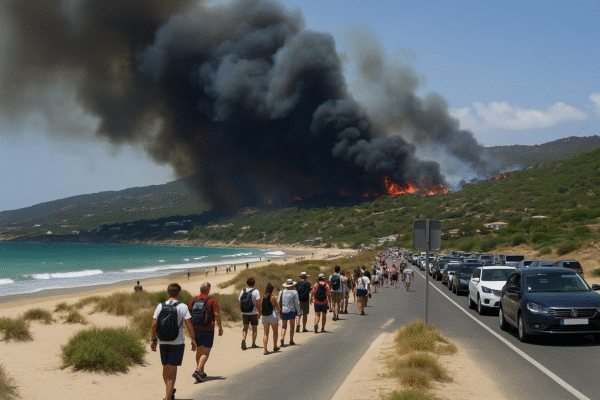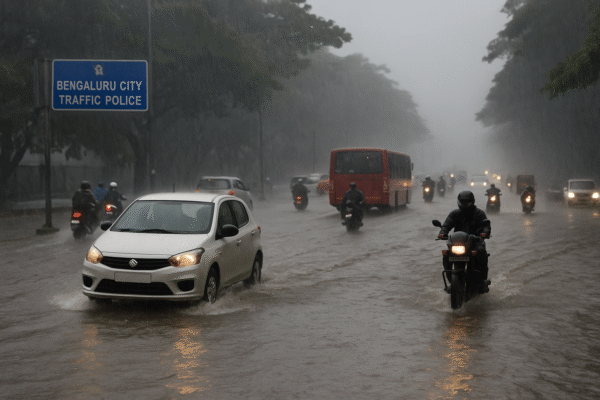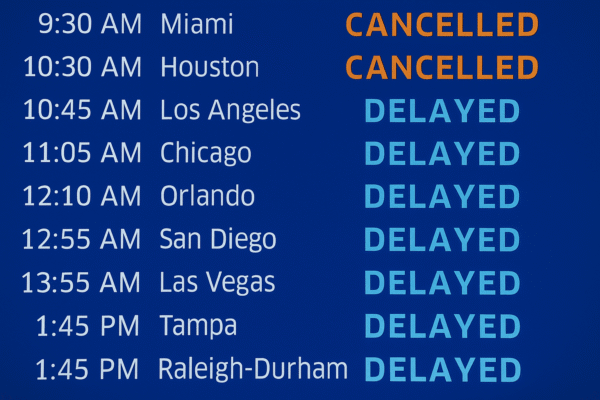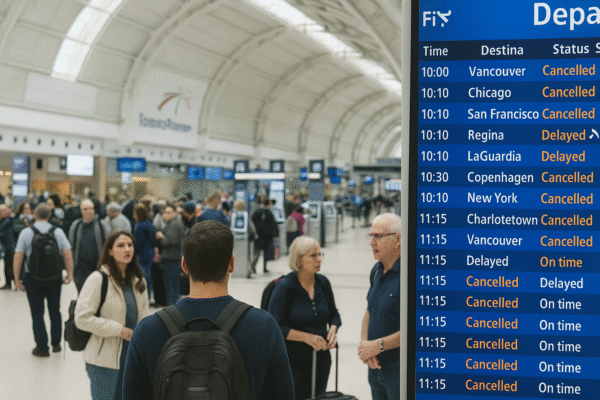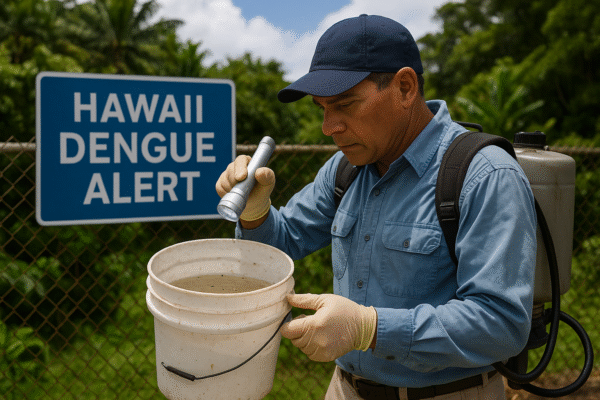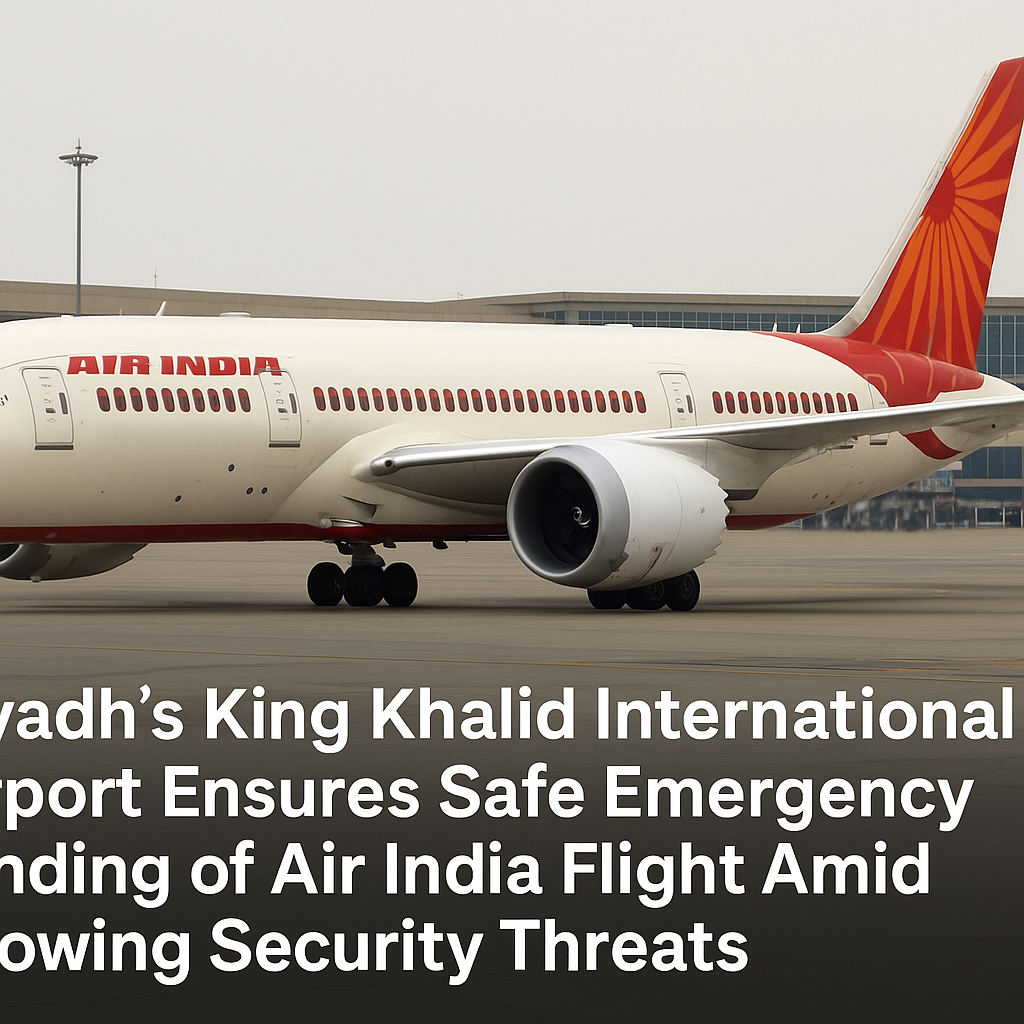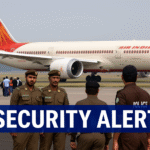On June 21, 2025, an Air India Boeing 787-8 Dreamliner operating Flight AI-114 from Birmingham to Delhi was forced to make an emergency landing at Riyadh’s King Khalid International Airport following a mid-air bomb threat. The flight, carrying more than 150 passengers, diverted after a handwritten note indicating a bomb threat was discovered in one of the aircraft’s lavatories.
Authorities in Saudi Arabia, along with aviation safety teams from India and the United Kingdom, promptly responded, executing a joint investigation to determine the origin of the threat. Though no explosives were found, the incident marks a concerning trend of bomb hoaxes that continue to disrupt international travel and test aviation security systems globally.
How the Threat Was Detected Mid-Flight
Air India Flight AI-114 departed Birmingham International Airport at approximately 8:26 PM local time, en route to Delhi’s Indira Gandhi International Airport. Roughly two hours into the flight, a crew member discovered a note threatening the presence of an explosive device on board. Adhering strictly to international aviation safety protocols, the pilot initiated emergency procedures and requested permission for an unscheduled landing at the nearest safe international airport.
Saudi authorities cleared the aircraft for an emergency landing, and the plane touched down safely at Riyadh’s King Khalid International Airport. All passengers and crew were swiftly evacuated, and no injuries were reported.
Passenger Safety Measures and Communication
Upon landing, the passengers were escorted to a secure zone inside the terminal, and local security teams conducted a comprehensive sweep of the aircraft using bomb detection units and sniffer dogs. No explosive devices were detected. Although relieved, passengers experienced significant anxiety and confusion due to the sudden disruption.
Air India arranged accommodations for the stranded travelers in Riyadh and coordinated with Saudi authorities to rebook onward flights to Delhi. Airline officials released a statement assuring passengers of their safety and confirming that an internal investigation, along with external security checks, was already underway.
Rising Incidents of Bomb Threat Hoaxes
This is not an isolated incident. Earlier in June 2025, Air India Flight AI-379 from Phuket to Delhi received a similar mid-air bomb threat, prompting a diversion to Kolkata. In that case too, the threat was deemed a hoax after a thorough search. Aviation authorities across Asia and the Middle East are concerned about the growing frequency of these incidents, which not only strain emergency response systems but also cause severe operational and financial disruptions.
These hoaxes pose an evolving challenge for global airlines. According to the International Air Transport Association (IATA), more than 40 reported bomb threats against commercial flights occurred globally in the first half of 2025 alone. Each incident, even when false, results in diversions, delayed schedules, aircraft inspections, and increased anxiety for passengers.
Aviation Security Protocols and Global Collaboration
This event once again demonstrates the importance of international cooperation in aviation security. Saudi Arabian airport authorities acted decisively in coordination with Indian and UK aviation officials to ensure the safety of passengers while minimizing panic. Riyadh’s King Khalid International Airport has been praised for its swift response, reinforcing its status as a major hub capable of managing security crises efficiently.
The International Civil Aviation Organization (ICAO) recommends all airlines and airports review and update their Standard Operating Procedures (SOPs) regularly. Enhanced baggage screening, real-time threat assessment technologies, and well-trained flight crews are among the best defense mechanisms against such threats.
Emotional and Economic Fallout for Passengers and Airlines
While the threat proved to be unfounded, the emotional toll on passengers cannot be ignored. Families with children, elderly travelers, and business passengers were visibly distressed by the ordeal. The lack of immediate clarity during the first few hours of the incident added to their anxiety.
Airlines also face significant financial burdens when forced to divert flights and manage emergency procedures. The cost of unscheduled landings, hotel accommodations, fuel, and rerouted flights adds pressure on already stretched aviation budgets. Additionally, airlines must work to regain passenger trust after such security scares.
Preparing for the Future: What Needs to Change
With bomb hoaxes on the rise, experts believe that stronger deterrents and more sophisticated threat detection systems are necessary. Potential next steps include:
- Tighter Legal Consequences: Governments are considering stricter penalties for individuals found guilty of false bomb threats, including jail terms and fines.
- Public Awareness Campaigns: Educating passengers on the seriousness and consequences of making hoax threats may serve as a deterrent.
- Technological Upgrades: AI-powered threat detection tools and behavioral analysis software are already being tested at major airports around the world.
- Better Communication: Ensuring passengers receive timely updates during emergencies is key to reducing panic and maintaining public trust.
Conclusion: A Wake-Up Call for Aviation Security
The emergency diversion of Air India Flight AI-114 is a sharp reminder of the fragile balance between operational efficiency and security in modern air travel. While the crew, airline, and airport authorities handled the situation professionally and effectively, the aviation industry must continuously innovate to stay ahead of evolving security threats.
As airlines and airports worldwide strengthen protocols and technology to handle emergencies, passengers can take comfort in knowing that international aviation remains among the safest modes of transport—precisely because of such rigorous procedures.




